The views expressed in our content reflect individual perspectives and do not represent the official views of the Baha'i Faith.
Do Baha’is recognize, honor and even practice the traditions of Indigenous peoples around the world?
In our continuation of the ongoing BahaiTeachings.org discussion of Indigenous messengers of God, Christopher Buck asks Lakota Baha’i Kevin Locke that interesting and important question.
Christopher Buck: In a 1988 letter to the National Spiritual Assembly of the Baha’is of Canada, the Universal House of Justice states that the Baha’i Faith has “the best interests of the Native community at heart,” and further says:
The Faith seeks to maintain cultural diversity while promoting the unity of all peoples. Indeed, such diversity will enrich the tapestry of human life in a peaceful world society. The House of Justice supports the view that in every country the cultural traditions of the people should be observed within the Baha’i community as long as they are not contrary to the Teachings. – Letter from the Universal House of Justice, 25 July 1988
This guidance to the world’s Baha’is refers to “traditional activities” such as “festivals, which may be regarded as having a religious origin long ago.” The House of Justice further states that Indigenous “cultural traditions of the people should be observed within the Baha’i community as long as they are not contrary to the Teachings.” Can you offer some examples of this practice from your personal experience? Is this a good practice? If so, why?
Kevin Locke: A good example of this might be the Baha’is of the Ngobe Bugle people of Panama, who undertook the process of collective analysis of their cultural/spiritual heritage in the light of the Divine Standard with an eye to honoring the prayers of their ancestors by offering the best of their ancestral legacy as a gift toward the emerging global civilization.
Another personal experience is the hoop dance, which originates as a choreographed prayer invoking the universal symbolism of the circle/hoop – a ubiquitous archetype portraying unity, wholeness, continuity, etc. The designs create the unfoldment of Spring, thus enfolding the people into the embrace of this powerful prayer. Only in recent times, under the influence of an enshrouding, dominant material culture, has this dance devolved into the category of mere “entertainment.”
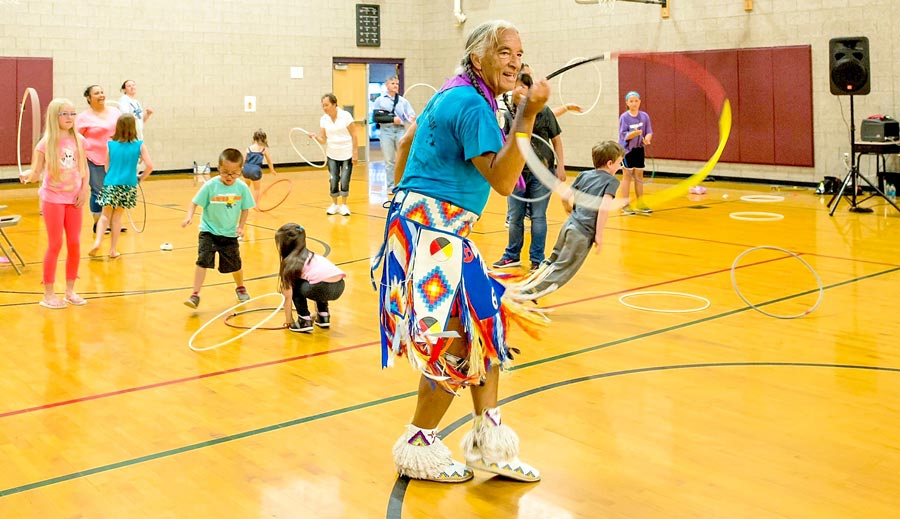
CB: Kevin, in the very same letter, the Universal House of Justice recommends that Baha’is undertake the following community service projects, where welcome, in Indigenous settings:
When the Baha’i community in a village is a significant proportion of the population, it has a wide range of opportunities to be an example and an encouragement of means of improving the quality of life in the village. Among the initiatives which it might take are measures to foster child education, adult literacy and the training of women to better discharge their responsibilities as mothers and to play an enlarged role in the administrative and social life of the village; encouragement of the people of the village to join together in devotions, perhaps in the early morning, irrespective of their varieties of religious belief; support of efforts to improve the hygiene and the health of the village, including attention to the provision of pure water, the preservation of cleanliness in the village environment, and education in the harmful effects of narcotic and intoxicating substances. No doubt other possibilities will present themselves to the village Baha’i community and its Local Spiritual Assembly. – Ibid.
So Kevin, can you offer some examples of such Baha’i-inspired community educational and social development initiatives from your personal experience?
KL: Yes! Recent videos from the Baha’i World Centre portray many such examples brilliantly, in Indigenous settings around the world. In the United States, NABI – the Native American Baha’i Institute, situated on the Navajo Nation – has several such initiatives. In the Dakotas, the communities on the Rosebud, Pine Ridge and Turtle Mountain reservations are developing effective outreach that includes elements from the message above. Here at Standing Rock, under the auspices of the Baha’i-inspired Indigenous non-profit organization the Patricia Locke Foundation, we are launching several school/community garden projects, including indoor tower gardens to provide fresh produce year round. We pray that the seeds of these endeavors will take root in the hearts of the people and bring physical and spiritual sustenance and release the sweet fruits latent in our communities.
“Ruhiyyih Khanum, the wife of the Guardian of the Baha’i Faith, Shoghi Effendi, would eagerly participate in pipe ceremonies and other Native devotional activities”

CB: Can traditional Indigenous ceremonies be performed during Baha’i events?
KL: Yes. This has been occurring as long as I can recall, especially when Baha’i events are within Indigenous communities. I recall Ruhiyyih Khanum, the wife of the Guardian of the Baha’i Faith, Shoghi Effendi, would eagerly participate in pipe ceremonies and other Native devotional activities. In New Delhi, she had the prayer dot on her forehead at the India Temple dedication. She would always encourage the Baha’is to integrate with the communities in which they resided. The Baha’i communities here in the Dakotas have a long history of integrating these universal ways. I’m sure it is the same in other Indigenous communities, like Navajo-land.
“Among the teachings of the Indigenous messengers was the establishment of harmony and balance between humankind, the environment and the Creator”
CB: Ruhiyyih Khanum wrote about her participation in an Indigenous pipe ceremony among the Piikani (Peigan), one of the three nations of the Blackfoot Confederacy:
I need not tell you what a profound experience the Pipe Ceremony on the Peigan Reservation was. It was probably the most moving thing that happened to me in my whole trip, and one of the most moving things that happened to me in my whole life. As I could neither understand the Indian words nor clearly see what was happening, it was undoubtedly the profound spiritual feeling of the Indians connected with this most sacred ceremony that affected me. . .
When I spoke to the Baha’is of Regina they asked me to say something in Persian at the end of my talk, and I spoke as strongly as one can humanly do on the subject of not going near the Indians or approaching them or going to the Reservations unless they could treat them with respect and honour their customs and feelings. . . Obviously this does not mean we must grace all Baha’i occasions with the Pipe Ceremony! But it certainly should be an eye-opener to us. – Ruhiyyih Khanum, Letter to the National Spiritual Assembly of the Baha’is of Canada, 28 October 1986.
So what’s the take-away from all this? How important is preserving spiritual “seeds” for posterity – and for prosperity? Is there a vital connection between past, present and future legacies?
KL: Yes, there certainly is. Among the teachings of the Indigenous messengers was the establishment of harmony and balance between humankind, the environment and the Creator. Humankind is assigned as the stewards of this balance. The messengers planted the seeds of this Covenant in the hearts of the ancestors. The prayers, visions and hopes they made in obedience to that covenant are now being realized – and we, the current generation, have the bounty of fulfilling them on their behalf.


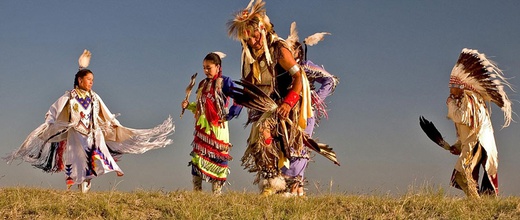


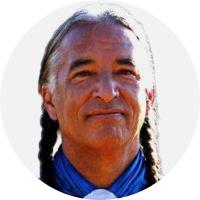






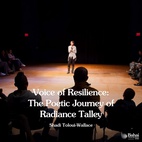


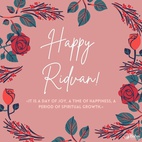


Comments
Sign in or create an account
Continue with Facebookor